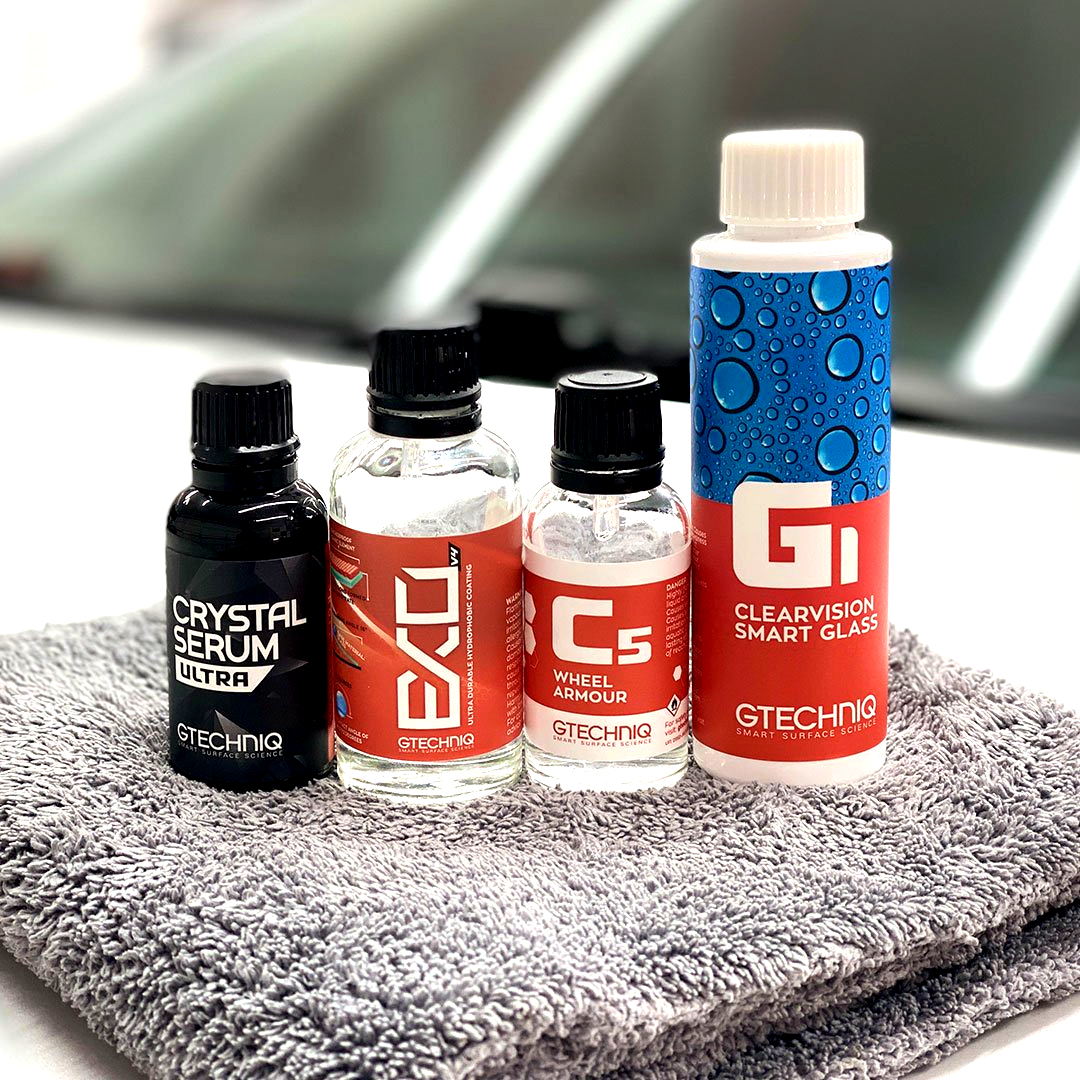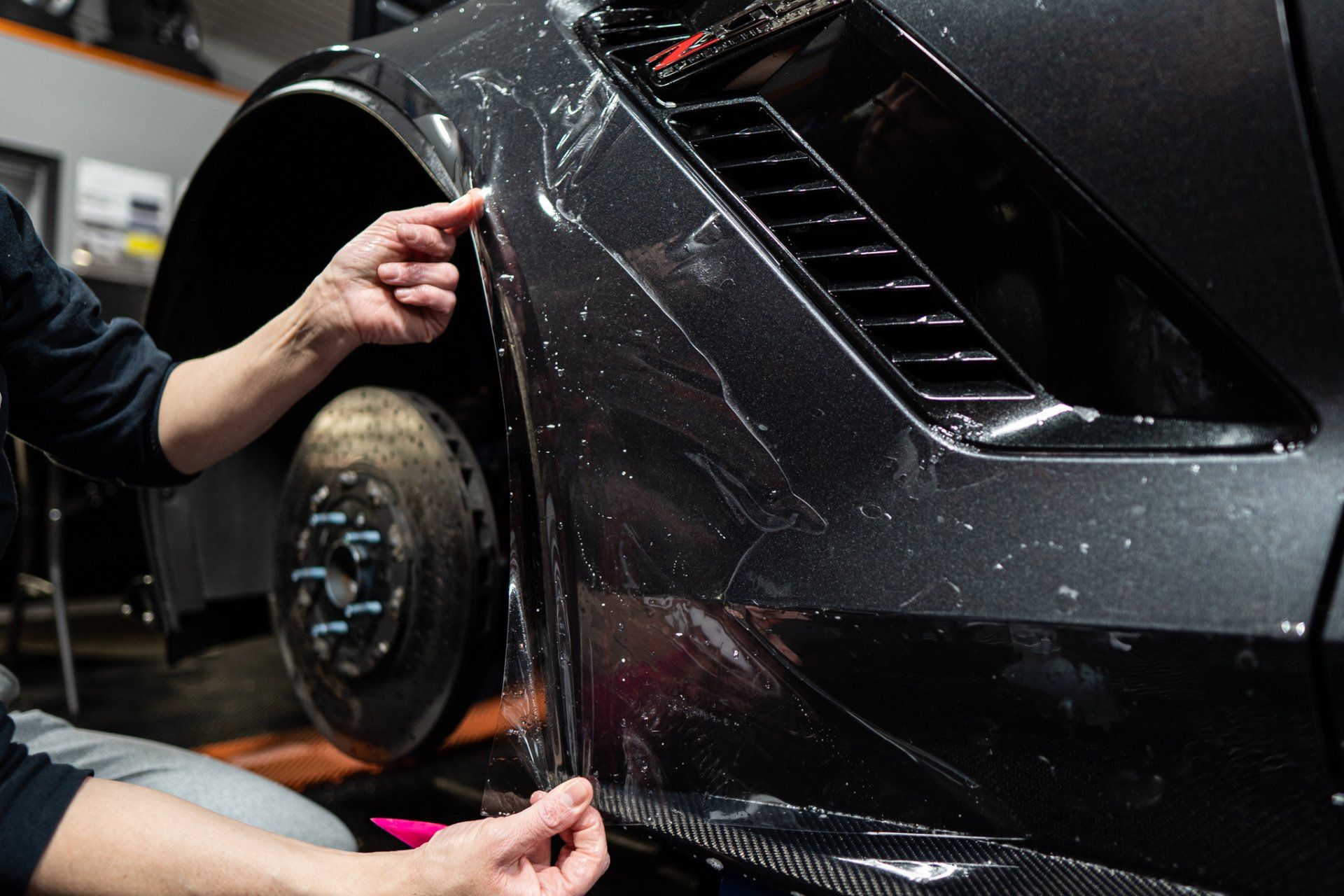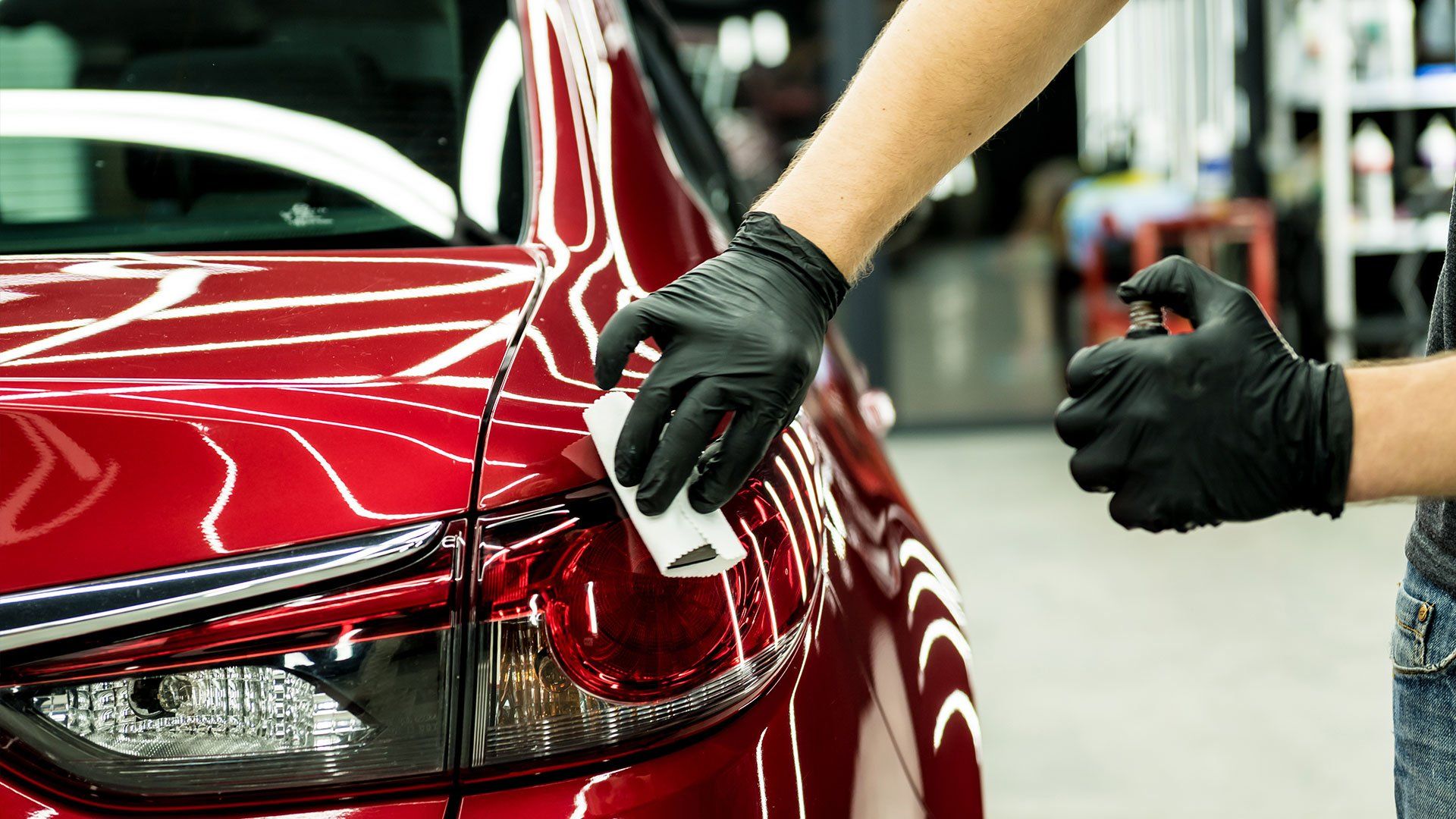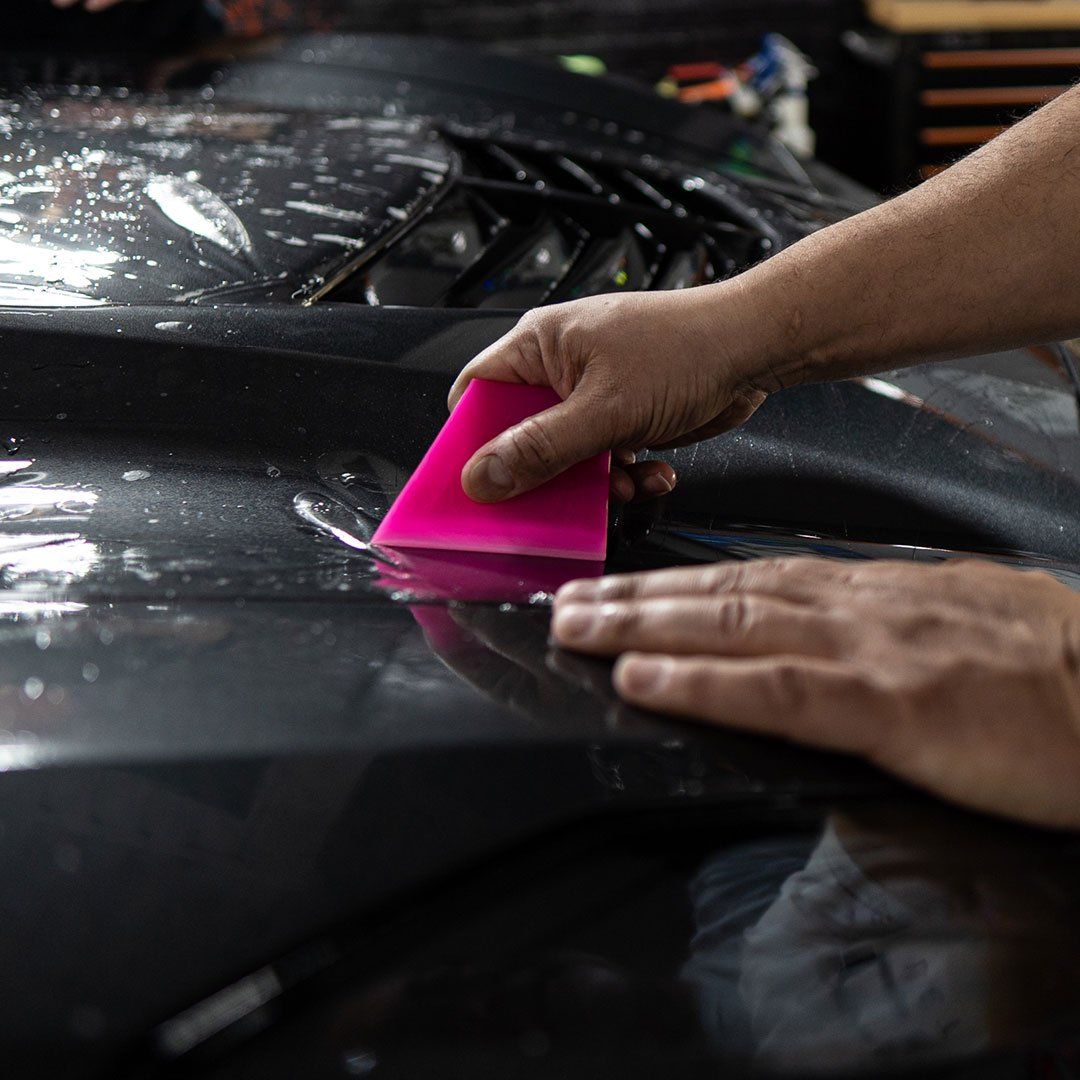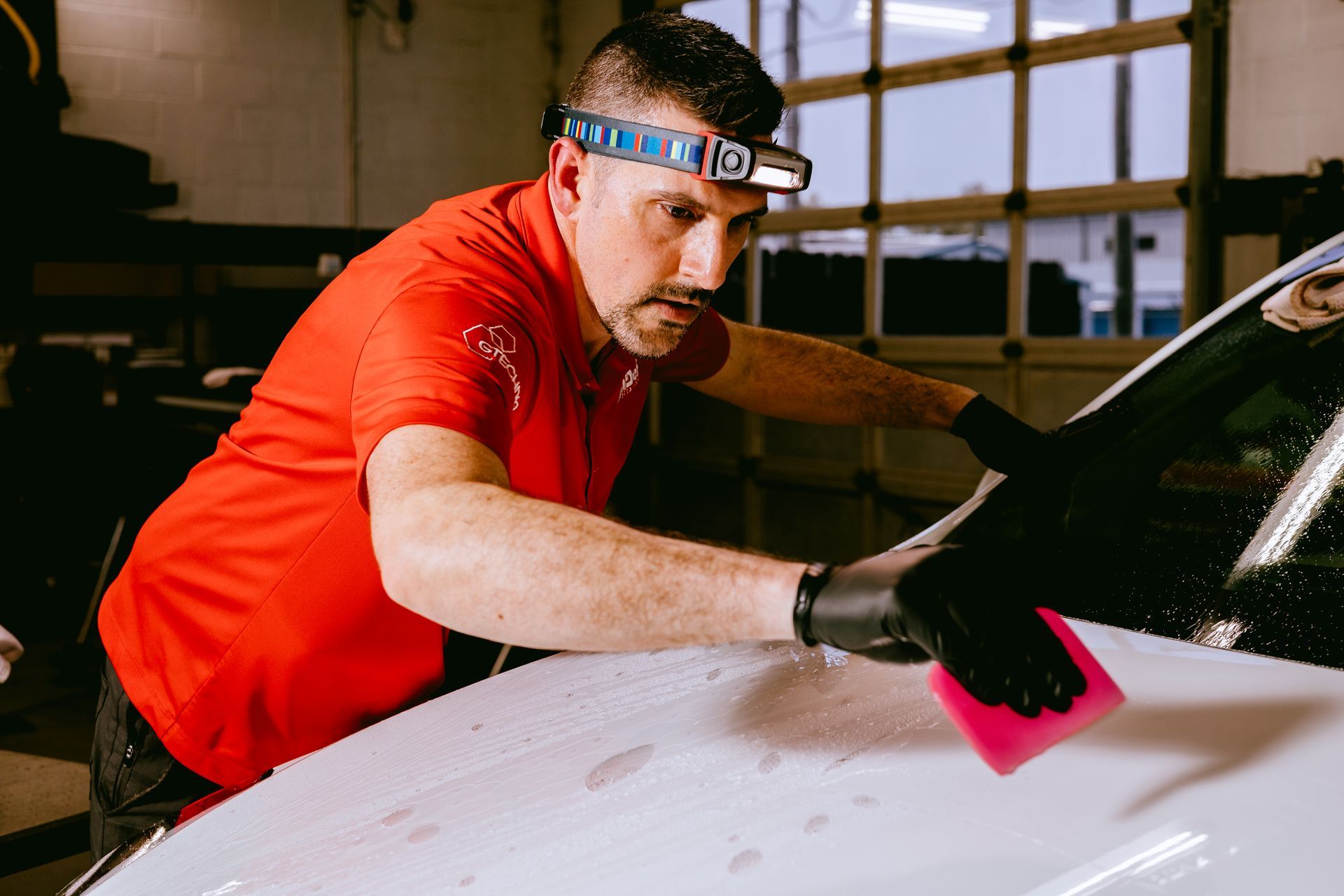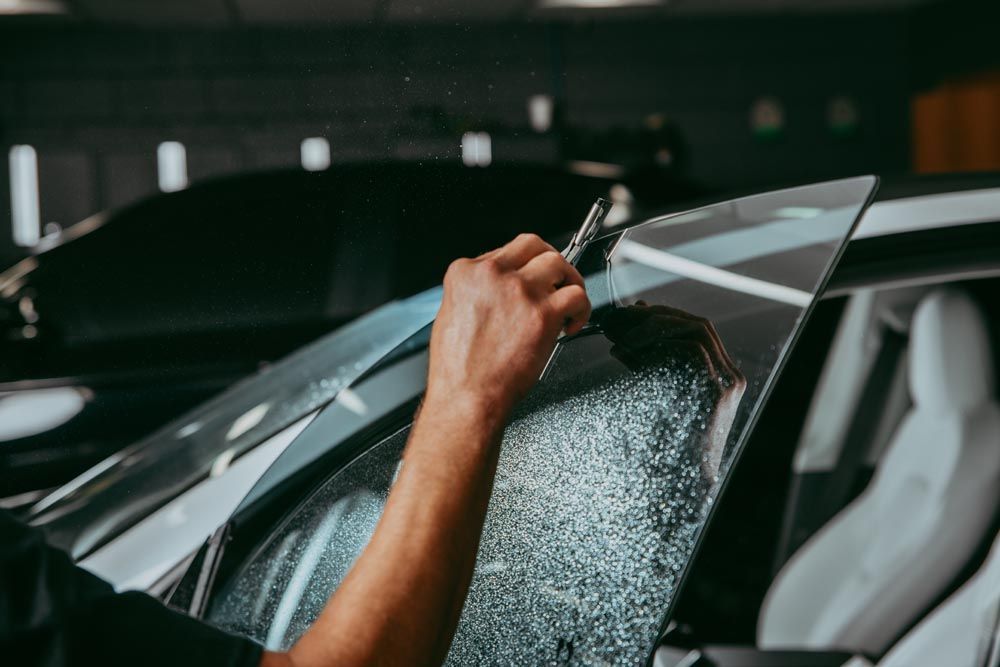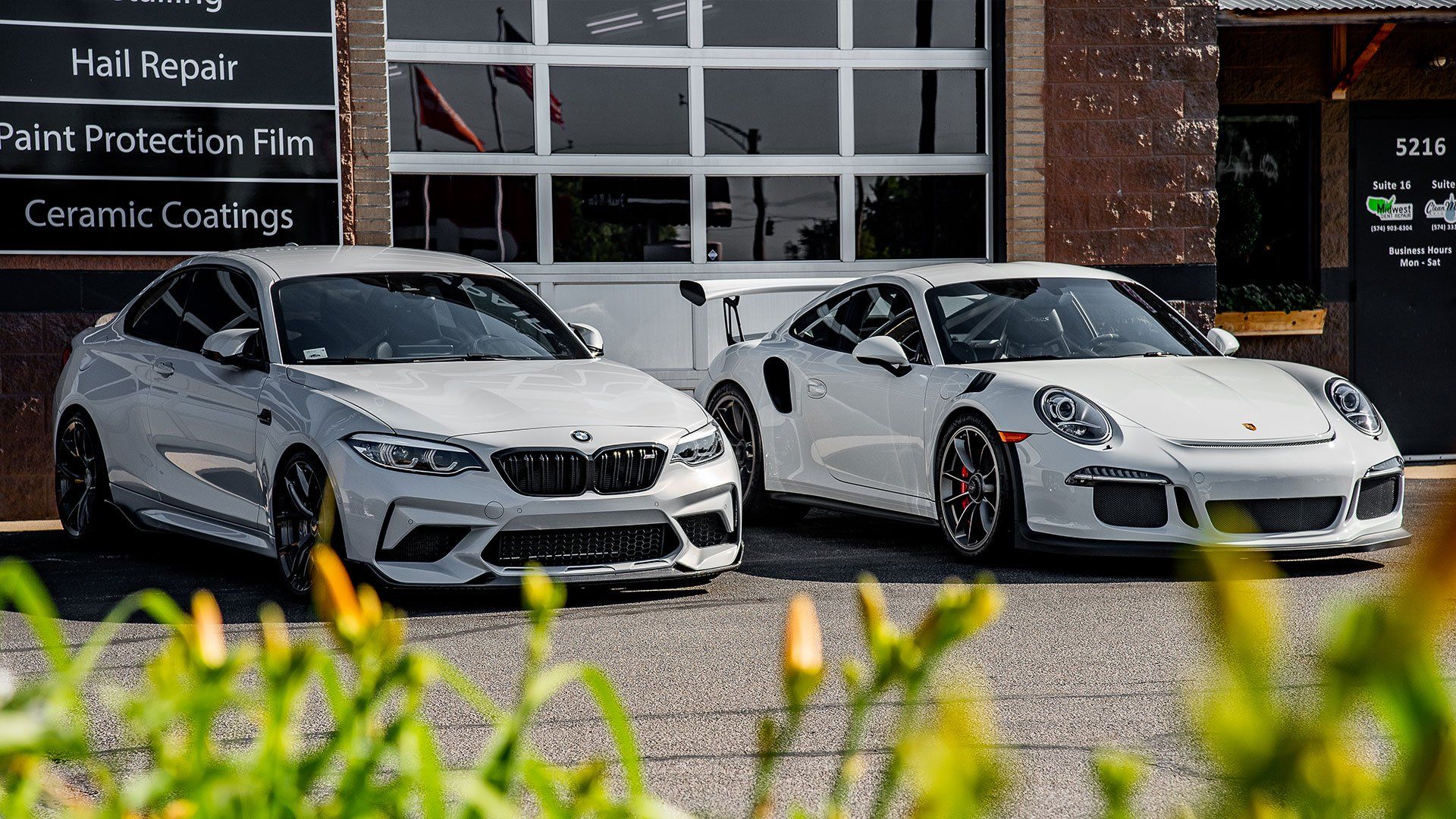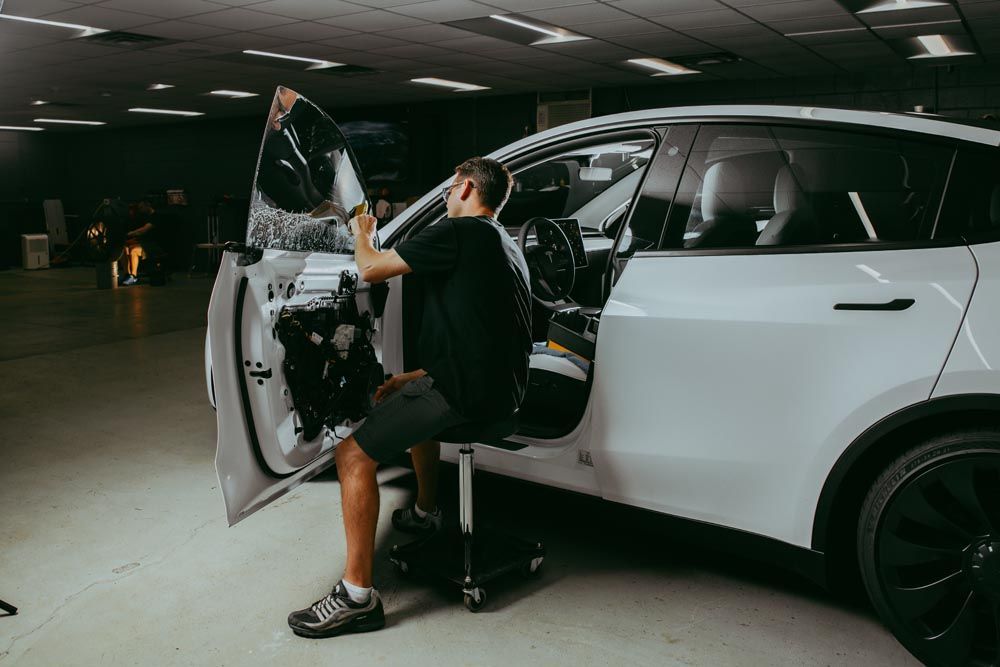PPF: The Smart Way to Maintain Your Vehicle's Resale Appeal and Paint Protection
If you've ever noticed tiny chips or scratches slowly creeping up on your car's paint, you're not alone, and it can be frustrating trying to keep that fresh, shiny look. That's where paint protection film, or PPF, steps in as an invisible guard for your vehicle's finish. A close look at how PPF works, why it matters more than you might think, and how it can save you from costly repairs down the road while keeping your car looking sharp for years to come. Paint protection film acts as an invisible shield that protects your vehicle's paint from scratches, stone chips, bug splatters, and UV damage, preserving its original finish. By maintaining the car's pristine appearance and preventing damage, PPF can help retain significantly more resale value compared to unprotected vehicles, making it a smart investment for any car owner.
What is PPF: An Overview of Paint Protection Film
Paint protection film, or PPF as enthusiasts call it, is essentially an invisible armor for your car's paint. This clear, flexible thermoplastic urethane layer adheres seamlessly to the exterior surfaces to serve as a shield against everyday hazards like stone chips, minor scratches, bug splatters, and even UV rays. Unlike waxes or coatings that offer surface protection, PPF physically absorbs impacts and prevents damage before it reaches the paint underneath. What makes PPF particularly interesting is its origin story: initially designed for military applications such as protecting helicopter blades from erosion and abrasive wear, the technology was re-engineered and refined over decades to fit automotive needs. This heritage means PPF is built for durability and effectiveness in harsh environments, far beyond anything a typical car wax can promise. Thanks to its unique composition, a film about 6 to 8 mils thick (0.15 to 0.20 mm), PPF flexes on impact instead of cracking or peeling away. This flexibility lets it absorb forces from flying gravel on highways or door dings in tight parking lots without sacrificing the paint beneath. Some modern versions even come with self-healing properties, where minor scratches literally disappear when exposed to heat, adding another layer of longevity. Beyond its raw protective ability, PPF also offers several cosmetic benefits that contribute significantly to a vehicle's long-term appeal and value.
Protection Against Scratches, Dents, and Chips
Paint protection film is fundamentally a tough, transparent shield engineered to absorb impacts that would otherwise mar your car's surface. Imagine driving down a bustling city street or a highway where tiny stones launched by other vehicles act like projectiles aimed at your paintwork. Without protection, these high-velocity particles can cause visible chips and scratches, especially on vulnerable spots like bumpers and hoods. PPF serves as your car's first line of defense, dispersing the energy of such impacts over its flexible yet resilient surface, preventing damage beneath.
The film is designed with a thickness, typically between 6 and 8 mils (0.15 to 0.20 mm), that balances durability with clarity, ensuring your vehicle's original color shines through while enduring forces that might easily scratch unprotected paint. Rather than your paint taking those hits directly, the film takes the brunt of the impact, sparing your car the costly scars of everyday driving hazards. This protective barrier also extends to minor dents and dings that often occur in parking lots or from small debris kicked up on the road. While PPF won't stop severe collisions, its flexibility allows it to absorb less intense impacts that would typically leave visible imperfections. What truly elevates PPF technology beyond simple defense is its remarkable ability to heal itself, a feature that speaks volumes about innovation in automotive care.
Self-Healing Properties
Modern PPF products often come coated with a special top layer formulated to "self-heal" scratches and swirl marks caused by minor abrasions or washing. When exposed to warmth from sunlight or even warm water, the polymer chains in this layer relax and reform, effectively erasing many fine scratches without any intervention needed from you. This self-healing property means that what looks like inevitable wear and tear today can disappear overnight, leaving your car's finish looking fresh. Enthusiasts frequently share before-and-after clips showcasing how seemingly permanent scratches vanish after just a few minutes under sunlight or after a gentle rinse with hot water. This isn't magic; it's science crafted into a protective film that works harder than bare paint ever could. It's particularly useful for urban drivers who face frequent light scrapes from road grime, sandpaper-like dust particles, or careless parking neighbors. To maximize these benefits, choose high-quality PPF and ensure professional installation from trusted providers who guarantee correct adhesion and film integrity. The longevity of these properties depends substantially on quality application because poor installation can lead to bubbling or premature wear, nullifying protection.
Maintaining a Glossy Appearance
One of the most compelling reasons car owners choose PPF is its ability to keep their vehicle's paint gleaming year after year. Unlike bare paint, which starts showing dullness and loss of vibrancy within just a few months, PPF maintains impressive gloss retention even after one year of daily driving. This means the car still looks freshly detailed long after it leaves the dealership. The film acts less like a layer sitting on top and more like an integrated part of the bodywork, seamlessly protecting while enhancing the factory finish underneath. This effect is achieved not only through physical protection but also by shielding your vehicle from environmental stressors that chip away at paint luster.
UV rays are the silent enemy here. Constant exposure to sunlight triggers oxidation, causing paint colors to fade and develop that chalky appearance familiar in older vehicles. Quality PPF blocks harmful ultraviolet rays, acting like invisible sunblock for your car that guards against both color fading and premature aging of your clear coat. If you live in sunny or high-altitude regions, this protection can make a particularly noticeable difference. Many modern PPF films incorporate a hydrophobic (water-repellent) top coating. What this means practically is that water, dirt, bird droppings, and sap bead up and slide off effortlessly rather than soaking in or sticking stubbornly to the surface. This makes regular cleaning easier, prevents staining, and reduces grime buildup that would otherwise dull your finish. Even pollution-heavy urban environments pose less threat when your vehicle's skin actively resists these damaging elements.
How PPF Increases Resale Value
Potential buyers often form their first impression of a vehicle by examining its exterior condition. A paint job free from scratches, chips, and discoloration signals that the car has been cared for, while visible damage can immediately lower perceived value. This is where PPF steps in as more than just a cosmetic accessory; it acts as an invisible shield that preserves the original paintwork underneath. Vehicles equipped with PPF retain significantly more of their initial value at every stage compared to their unprotected counterparts. After five years, for example, a car with PPF can hold approximately 15 percentage points more value. This difference is no minor detail; it can translate into thousands of dollars saved or earned when selling or trading in the vehicle. The reasoning behind this advantage goes beyond surface aesthetics. Paint damage repair, such as fixing stone chips, scratches, or discoloration, can easily cost between $1,000 and $3,000 per incident. Frequent minor repairs add up and often fail to perfectly match the original factory finish. By preventing such wear and tear in the first place, PPF helps maintain the pristine condition that attracts premium buyers willing to pay more.
Additionally, vehicles without protection suffer a faster depreciation rate due to accumulated damage and fading caused by environmental factors like UV rays and road debris. Investing in professional installation is essential to unlock these benefits fully. High-quality films with self-healing properties and resistance to yellowing ensure that the protective layer remains clear and effective for years. Choosing reputable installers reduces risks such as bubbling or peeling that can undermine both appearance and protection. For individual owners passionate about preserving their vehicle's look and financial worth, opting for PPF becomes a smart strategy, not just a luxury.
The Installation Process Explained
Proper installation is the backbone of how well paint protection film performs. It's not just about applying a piece of plastic to your car; it's a detailed craft that requires precision, patience, and the right tools. The process begins with surface preparation, which might sound simple but is absolutely critical. Any dirt, dust, or even microscopic particles left on your vehicle can cause bubbles or imperfections beneath the film. That's why professionals start by washing the vehicle thoroughly with automotive detergents, followed by meticulous decontamination to lift embedded grime like industrial fallout or sap. Finally, drying with soft microfiber towels eliminates any residual moisture or spots that could interfere with adhesion. Only after this foundation is flawless does the installation move to the next phase.
Cutting the film relies heavily on technology and skill. Modern installers often use computer-guided plotters programmed with exact measurements tailored to every curve and contour of your vehicle model. This ensures that every panel, whether a sweeping hood or complex bumper corner, has a perfectly shaped PPF piece ready to apply without awkward folds or misaligned edges. Precision here is paramount because a poorly cut film means manual trimming on the vehicle, increasing chances of errors like jagged edges or weakened adhesion points.
After cutting comes what many consider the most delicate part: laying down the film itself. Application involves treating both your vehicle surface and the PPF with a specialized soap solution that acts as a lubricant, allowing the installer to slide and reposition the film freely before it bonds permanently. Using soft-edged squeegees, installers work patiently from the center outward, pushing out water and trapped air meticulously until only a smooth, flush layer remains. The process demands steady hands and patience because rushing here can lead to permanent blemishes or reduced protective qualities. After this careful application, it usually takes 2 to 3 days for everything to fully cure, during which time you need to keep your vehicle dry and avoid touching the film excessively. These steps together ensure that your paint protection film performs as promised: invisible armor shielding your car's paint while preserving its showroom shine for years. Skipping or rushing any phase can lead to peeling edges, bubbles, or discoloration that defeat PPF's purpose altogether.
Evaluating If PPF is Right for Your Car
Deciding whether to invest in paint protection film isn't as simple as just wanting your car to look pristine; it requires examining how you use your vehicle and what risks it faces daily. For instance, if you regularly drive on highways with loose gravel or through construction zones, your car's front end is continually under threat from rock chips and flying debris. This kind of damage not only mars the appearance but can lead to costly repainting down the line. In such scenarios, PPF serves as a resilient barrier, absorbing these impacts before they reach your paint.
Another major consideration is environmental exposure. Harsh weather elements like intense sun, acid rain, or even salty air near coastal regions can accelerate the fading and degradation of automotive paint. Quality paint protection film often carries UV inhibitors that help maintain the color depth and gloss on your vehicle's surface. Without this protective layer, natural wear accelerates, and your car's finish may require more frequent polishing or repainting to preserve its value and appearance. Ultimately, evaluating if PPF suits your vehicle comes down to aligning your driving habits, local conditions, financial priorities, and expectations for ownership longevity. It's not a one-size-fits-all solution, but thoughtfully considering these factors empowers you to make an informed decision that balances protection with practicality. Choosing paint protection film wisely means understanding both your vehicle's environment and your personal priorities. When used strategically, PPF can preserve your car's beauty and boost its resale appeal over time.\
Leading PPF Specialists in Southwest Michigan
At High-Def Detailing, we don’t just protect paint; we preserve pride. Our
premium paint protection film services in Southwest Michigan create an invisible shield that keeps your car looking sleek, glossy, and showroom fresh through every season. Whether you’re driving through gravel roads, harsh winters, or sun-soaked highways, our expertly installed PPF defends your vehicle against chips, stains, and fading while making maintenance a breeze. Trust our specialists to combine precision installation with top-tier materials that keep your car’s beauty lasting for years.
Book your paint protection film service
with High-Def Detailing today and keep your ride flawless mile after mile!

